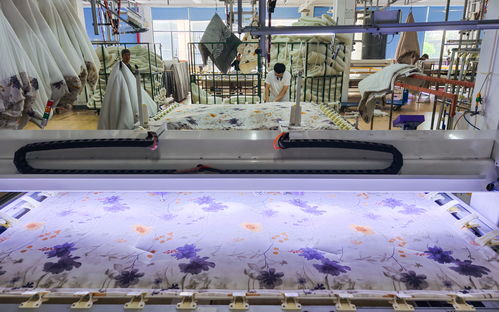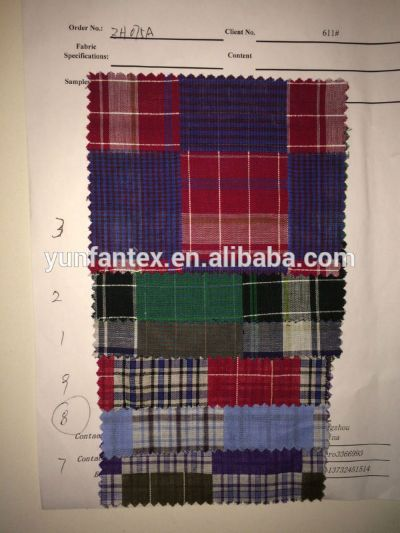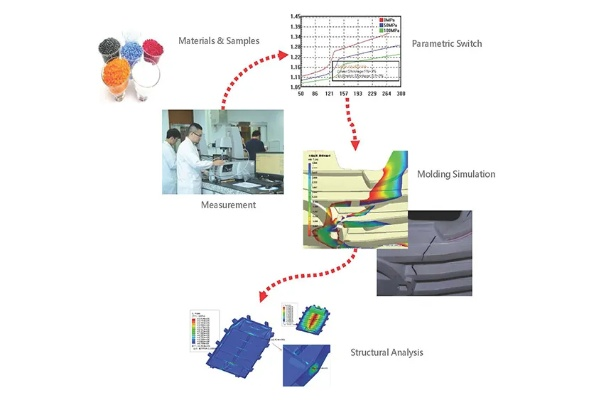A Comprehensive Guide to Textile Chemical Inspection
: A Comprehensive Guide to Textile Chemical Inspection,Introduction,Textiles, being an integral part of our daily lives, are subjected to various chemical processes during production and processing. These processes can introduce various chemicals into the textile material that may pose health risks to consumers. Therefore, it is essential to conduct chemical inspections on textiles to ensure their safety and quality. This guide provides a comprehensive overview of textile chemical inspections, covering the different types of chemicals used in textile production, the methods of inspection, and the standards for compliance.,Types of Chemicals Used in Textile Production,Textiles are often treated with various chemicals to enhance their properties, such as color, strength, and durability. Some common chemicals used in textile production include dyes, pigments, softeners, and anti-static agents. Dyes and pigments are used to change the color and texture of the textile material, while softeners and anti-static agents are added to improve the comfort and hygiene of the fabric.,Methods of Chemical Inspection,Chemical inspections on textiles involve analyzing the presence of specific chemicals using various analytical techniques. The most commonly used methods include spectrophotometry, gas chromatography (GC), and liquid chromatography (LC). Spectrophotometry is used to measure the concentration of dyes and pigments in the textile material, while GC and LC are used to identify the presence of specific chemicals in the textile sample. Other techniques such as mass spectrometry (MS) and nuclear magnetic resonance (NMR) can also be used for detailed analysis of the chemical composition of textile samples.,Standards for Compliance,The safety and quality of textile products depend on the compliance of the chemical content with established standards. International standards such as the International Organization for Standardization (ISO) and the American Society for Testing and Materials (ASTM) provide guidelines for chemical inspections. These standards define the limits of acceptable levels of certain chemicals in textile materials and require manufacturers to comply with these standards to ensure consumer safety.,Conclusion,Chemical inspections on textiles are crucial for ensuring their safety and quality. By understanding the types of chemicals used in textile production, employing appropriate inspection methods, and adhering to established standards, manufacturers can minimize the risk of harmful chemicals entering the textile product and protect consumers' health.
Welcome to the world of textiles, where colors, textures, and patterns come together to create a diverse range of clothing, accessories, and home furnishings. However, with this diversity comes the importance of ensuring that these products are free from harmful chemicals that could potentially harm human health or damage the environment. In this guide, we will explore the various chemical tests that are performed on textiles to ensure their safety and quality.

Dyeing Tests
Dyeing is one of the most common ways to color textiles. However, it can also introduce harmful substances into the fabric if not done properly. Therefore, dyeing tests are conducted to ensure that the dye used does not cause any adverse effects on the fabric or the environment. These tests include:
- Colorfastness Tests: These tests measure how well the dye remains on the fabric after washing and wearing. They are essential for assessing the longevity of the color in the product.
- Hazardous Substances Tests: These tests check for the presence of harmful chemicals such as heavy metals, formaldehyde, and other toxic substances in the fabric.
Finishing Tests
After dyeing, the fabric undergoes finishing treatments to enhance its appearance and durability. However, some finishing processes can release harmful chemicals into the environment. Therefore, finishing tests are conducted to ensure that the final product is safe for use. Some common finishing tests include:
- Odor Tests: These tests evaluate whether the fabric has an unpleasant odor. If the odor is too strong, it may indicate the presence of harmful chemicals.
- Static Discharge Tests: These tests measure the amount of static electricity generated by the fabric. High levels of static discharge can lead to skin irritation and allergic reactions.
Water Resistance Tests
Water resistance is crucial for many textile products, such as swimwear and beach towels. However, improper water resistance testing can result in fabrics that are not durable enough to withstand exposure to moisture. Therefore, water resistance tests are conducted to ensure that the fabric can withstand prolonged exposure to water without losing its shape or becoming damaged.
Strength Tests
Textile strength is essential for products such as carpets and upholstery. However, improper strength testing can result in weak materials that fail under stress. Therefore, strength tests are conducted to ensure that the fabric can withstand the weight of objects placed on it.
Environmental Impact Assessment
As consumers become more aware of their environmental impact, the importance of conducting comprehensive chemical tests on textiles cannot be overstated. These tests help identify the potential environmental hazards present in the fabric and provide insights into how to reduce these risks. For example, some tests may reveal that certain dyes contain harmful pesticides, which can contaminate water sources if not disposed of properly.
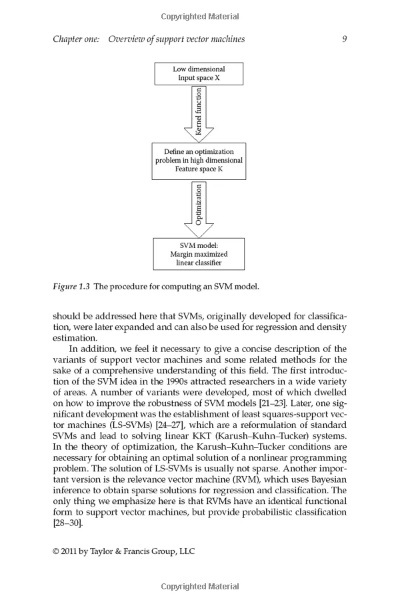
Case Study: Textile Chemical Inspection in the Fashion Industry
In the fashion industry, the use of harmful chemicals in textile production is a growing concern. According to a recent report by the Global Organic Textiles Network (GOTS), over 80% of the world's textiles are made from synthetic fibers, which can release harmful chemicals into the environment when washed. To address this issue, many companies are implementing stricter chemical inspection protocols to ensure that their products meet global standards for environmental sustainability.
For example, one major fashion brand recently announced that they had stopped using harmful chemicals in their fabrics due to concerns about their impact on the environment. This move was part of a broader effort to reduce their carbon footprint and promote sustainable practices in their supply chain. The company also launched a new line of eco-friendly clothing made from organic cotton and recycled polyester, which were tested for harmful chemicals before being released into the market.
In conclusion, textile chemical inspection is an essential step in ensuring the safety and quality of our clothing, accessories, and home furnishings. By conducting thorough chemical testing on textiles, manufacturers can identify and eliminate harmful substances that could potentially harm human health or damage the environment. As consumers, it is important to stay informed about the chemicals used in our daily lives and support companies that prioritize sustainability and ethical production practices.
纺织品化学检测概述
纺织品化学检测是确保纺织品质量的重要手段,涵盖了多种检测方法和技术,以下是关于纺织品化学检测的简要介绍以及一些具体检测项目。
主要检测项目
- 纤维成分检测:通过分析纤维的种类、长度、直径、纯度等指标,了解纤维的质量和性能。
- 染色牢度测试:评估纺织品在各种环境条件下的染色性能,确保颜色持久且不易褪色。
- 化学成分分析:检测纺织品中是否存在有害化学物质,如染料、助剂等,确保纺织品安全无害。
- 挥发性有机化合物(VOC)检测:评估纺织品中挥发性有机化合物的含量,确保符合环保标准。
- 抗菌性能测试:检测纺织品对细菌的抗菌效果,满足抗菌纺织品的要求。
- 辐射防护测试:评估纺织品在特定辐射环境下的防护性能,确保符合安全标准。
案例说明
以下是一个具体的纺织品化学检测案例,以供参考:
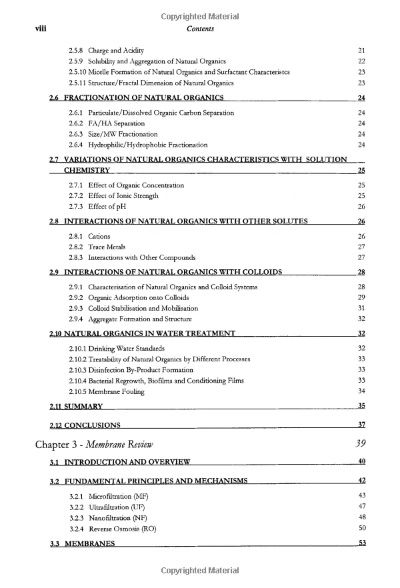
纺织品质量检测
某品牌服装面料经过化学检测发现,其主要成分是高品质的棉纤维,且不含有害化学物质,染色牢度测试结果显示,该面料在不同环境条件下颜色持久且不易褪色,化学成分分析显示,该面料中不含任何有害物质,该品牌服装面料质量符合相关标准,可以放心购买。
检测方法与工具
- 纤维成分检测:使用纤维分析仪、显微镜等工具进行检测。
- 染色牢度测试:使用色牢度测试仪进行测试。
- 化学成分分析:使用气相色谱仪、质谱仪等高端检测设备进行检测。
- VOC检测:使用挥发性有机物检测仪进行检测。
- 抗菌性能测试:使用抗菌性能测试仪进行测试。
- 辐射防护测试:使用辐射防护测试仪进行测试。
英文表格补充说明
以下是关于纺织品化学检测的一些英文表格补充说明:
纺织品化学检测项目列表
| 项目名称 | 描述 | 检测方法 | 相关工具或设备 |
|---|---|---|---|
| 纤维成分检测 | 分析纤维种类、长度、直径、纯度等指标 | 使用纤维分析仪、显微镜等 | 无特定工具 |
| 染色牢度测试 | 评估纺织品在不同环境条件下的染色性能 | 使用色牢度测试仪 | 无特定工具 |
| 化学成分分析 | 检测纺织品中是否存在有害化学物质 | 使用气相色谱仪、质谱仪等高端检测设备 | 无特定工具 |
| VOC检测 | 评估纺织品中挥发性有机化合物的含量 | 使用挥发性有机物检测仪 | 相关设备描述 |
| 抗菌性能测试 | 评估纺织品对细菌的抗菌效果 | 使用抗菌性能测试仪 | 相关设备描述 |
| 辐射防护测试 | 评估纺织品在特定辐射环境下的防护性能 | 使用辐射防护测试仪 | 相关设备描述 |
纺织品化学检测是确保纺织品质量的重要手段,通过多种检测方法和技术,可以全面了解纺织品的性能和质量,在实际操作中,应选择专业、可靠的检测机构和设备,确保检测结果的准确性和可靠性,消费者在购买纺织品时也应关注产品的质量认证和环保标准等信息,选择符合自己需求的产品。
Articles related to the knowledge points of this article:
Lünqu Yunduo Textiles Factory The Heartbeat of Quality in Craftsmanship
The Recycling Journey of a Little Friend
The Dynamics and Innovation of Zunyi Textile Brand Womens Fashion
Preventing Textile Dyeing Issues with Strategies and Case Studies

